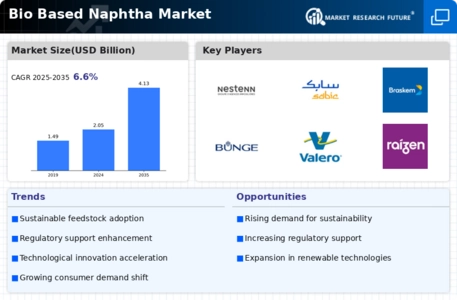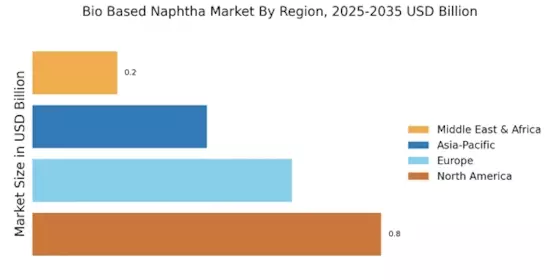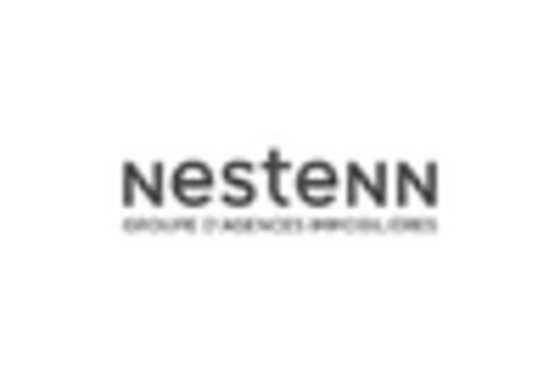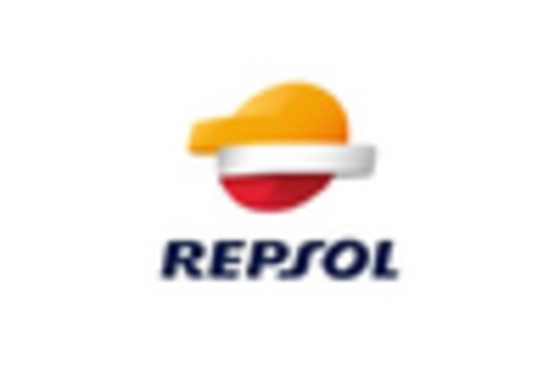Rising Oil Prices
The Bio Based Naphtha Market is also influenced by the volatility of oil prices. As traditional fossil fuel prices fluctuate, the economic viability of bio-based alternatives becomes increasingly attractive. Higher oil prices often lead to increased interest in renewable resources, as consumers and industries seek to mitigate the impact of rising costs. Recent trends indicate that as oil prices rise, the demand for bio-based naphtha may increase by approximately 30% as companies look for cost-effective and sustainable solutions. This dynamic creates a favorable environment for the bio-based naphtha market, encouraging investment and innovation in production technologies.
Technological Advancements
Technological advancements play a pivotal role in shaping the Bio Based Naphtha Market. Innovations in production processes, such as improved fermentation techniques and catalytic conversion methods, have significantly enhanced the efficiency and yield of bio-based naphtha. These advancements not only lower production costs but also improve the overall sustainability of the product. Recent studies indicate that the adoption of cutting-edge technologies could potentially increase the market share of bio-based naphtha by 20% within the next decade. Furthermore, ongoing research into alternative feedstocks, such as agricultural waste and non-food biomass, is expected to diversify the supply chain, making bio-based naphtha more accessible and appealing to a broader range of industries.
Shifting Consumer Preferences
The Bio Based Naphtha Market is witnessing a notable shift in consumer preferences towards sustainable and eco-friendly products. As awareness of environmental issues grows, consumers are increasingly seeking alternatives to conventional fossil fuels. This trend is particularly evident in sectors such as automotive and packaging, where companies are actively pursuing bio-based solutions to meet consumer demand. Market analysis suggests that the demand for bio-based naphtha could rise by 25% in the next few years, driven by consumer advocacy for greener products. This shift not only influences purchasing decisions but also compels manufacturers to innovate and adapt their offerings, thereby fostering a more competitive landscape within the bio-based naphtha market.
Regulatory Support and Incentives
The Bio Based Naphtha Market is experiencing a surge in regulatory support and incentives aimed at promoting sustainable practices. Governments are increasingly implementing policies that favor bio-based products, including naphtha derived from renewable sources. This regulatory framework not only encourages manufacturers to invest in bio-based alternatives but also provides financial incentives such as tax breaks and grants. For instance, various countries have set ambitious targets for reducing greenhouse gas emissions, which has led to a projected increase in the bio-based naphtha market by approximately 15% over the next five years. Such supportive measures are likely to enhance the competitiveness of bio-based naphtha against traditional fossil fuels, thereby driving market growth.
Corporate Sustainability Initiatives
Corporate sustainability initiatives are becoming a driving force in the Bio Based Naphtha Market. Many companies are adopting sustainability goals that include the use of renewable resources in their operations. This trend is particularly pronounced in industries such as chemicals and plastics, where firms are increasingly committing to reducing their carbon footprint. As a result, the demand for bio-based naphtha is expected to grow, with projections indicating a potential increase of 18% in market size over the next five years. These initiatives not only enhance corporate image but also align with consumer expectations for environmentally responsible practices, thereby further propelling the bio-based naphtha market.


















Leave a Comment